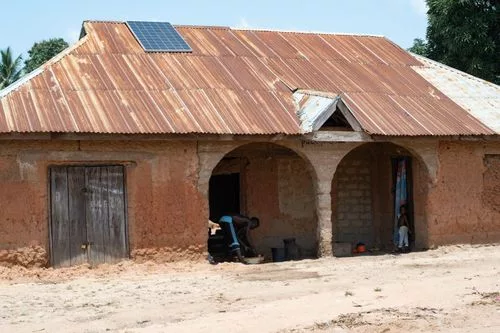The Concept of Mesh-Grids
Mesh-grids emerge as an innovative synergy between individual energy setups, acting in concert to dissolve the electrical divide for remote communities. At their core, mesh-grids are an interconnected network of clean energy systems that collectively supply continuous and sustainable power. They bridge the gap between the robust capabilities of mini-grids and the user-friendly, economical nature of solar home systems (SHS), creating an electrification strategy that is exceptionally suitable for communities previously left in the dark.
A Cost-Effective Alternative to Off-Grid Power
The financial accessibility of mesh-grids is one of their standout features, often costing merely 60% of what a traditional mini-grid does. Although mini-grids can furnish substantial power for densely populated zones, their high cost renders them impractical for sparsely populated rural regions, plagued by expensive distribution networks and maintenance. In contrast, solar home systems excel in simplicity and rapid deployment for last-mile electrification, but falter when tasked with powering larger consumers like businesses. Mesh-grids resolve this dilemma, offering a balanced power solution for non-commercial needs.
Optimization and Integration Benefits
Mesh-grids thrive on their proficiency in enacting optimized energy transfer, significantly reducing loss and allowing homes to join seamlessly through an SHS. This integration flexibility owes to a node-to-node distribution strategy, which substantially curtails power waistage along the lines, hence slashing distribution costs when juxtaposed with centralized mini-grids.
Distribution Efficiency and Safety Features
The distribution network of mesh-grids demands cables just a fraction of the size needed for centralized mini-grids, leading to a breathtaking 90% cost reduction. In a scenario where costs for solar photovoltaics and batteries are declining, mesh-grids assert themselves as a scalable future-proof solution. Furthermore, their safety is bolstered by the employment of low voltage 50V DC systems, enabling individuals familiar with SHS to safely handle installations without specialist technicians. An added perk for households is the AC inverter included, permitting the use of AC appliances without hassle.
Innovative Distribution Models and Expansion
Pioneers in the mesh-grid arena, like Okra Solar, have engineered methods to facilitate energy dissemination within communities. Structures like the Hub & Spoke model support the concept, underpinning the installation of substantial systems at pivotal hubs, with surplus power flowing to smaller consumers at low costs. This ensures electricity reaches businesses without neglecting residential needs. Okra’s technology also includes the stacking of Okra Pods, scaling up the power output to accommodate higher energy consumers.
Global Impact and Market Potential
Mesh-grids have begun making tangible impacts worldwide, especially in nations like Nigeria, harboring a tremendous off-grid population, and Haiti, where regulatory flexibility aids mesh-grid development. With no strict licensing or tariff constraints on projects under 100 kW, these markets hold immense potential. Government initiatives and supportive funds herald the expansion of mesh-grids, with tens of thousands poised to gain access to these power solutions.
The Vision of Mesh-Grids’ Future
In an enlightening dialogue with Afnan Hannan, the CEO of Okra Solar, the future of mesh-grids painted a picture of extensive, sustainable energy access for isolated communities. Okra Solar specifically addresses economic hurdles in last-mile electrification, providing both low-cost infrastructure and data insights to drive higher energy usage. Afnan highlighted the successful approach of targeting regions dependent on diesel generators, offering a cleaner and cheaper power alternative through mesh-grids, thereby increasing savings and ensuring consistency in energy supply.

























